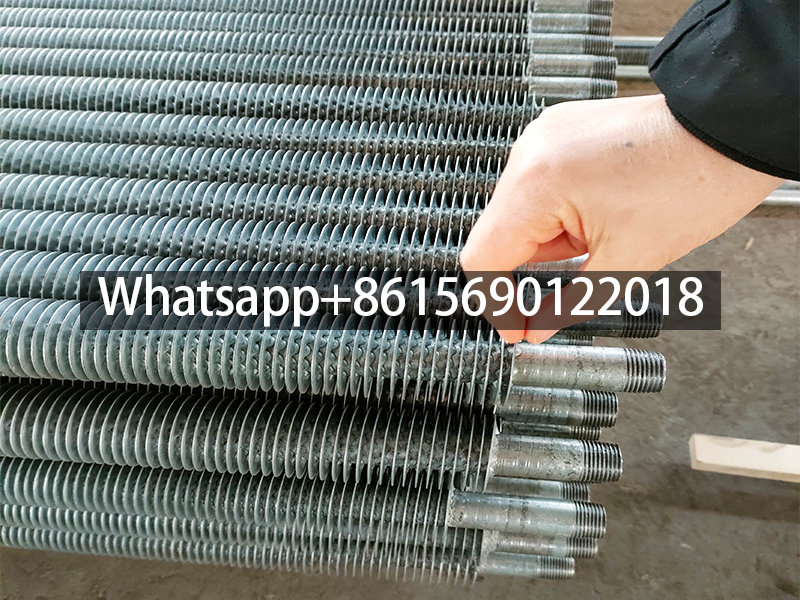What items should be inspected when purchasing fin tubes?
When we buy fin tubes, we should inspect whether the fin tubes are qualified from the aspects of size, appearance, material, welding quality and pressure.
The inspection contents of fin tubes mainly include the following aspects:

Size and appearance inspection:
This is the basic inspection in the production process of fin tubes to ensure that the size of fins and inner tubes meet the design requirements.
Inspection items include the thickness, spacing, height of fins and inner tube diameter. Through visual inspection or the use of precision tools such as thickness gauges and vernier calipers, ensure that the fins are neatly arranged, the surface is smooth, and there is no warping, deformation or obvious mechanical damage.

Material inspection:
Ensure that the materials used in fin tubes can meet the requirements of high temperature, high pressure and corrosive environment. Commonly used inspection methods include spectral analysis, hardness testing and mechanical property testing.
Spectral analysis is used to determine the chemical composition of the material to ensure that it meets the alloy composition required by the design; hardness tests such as Vickers hardness, Brinell hardness and Rockwell hardness are used to evaluate the strength and wear resistance of the material; mechanical property tests such as tensile strength, yield strength and elongation tests are used to evaluate the mechanical properties of the material under the working conditions.

Welding quality inspection:
For fins and inner tubes that are welded together, welding quality inspection is required. This includes visual inspection of welds, ultrasonic inspection or X-ray inspection to ensure that the welds are free of defects such as cracks, pores or slag inclusions.
Joining strength inspection:
Through mechanical pull-out test, axial tension is applied to test the bonding strength between the fins and the tube wall to ensure that the fins will not fall off under working conditions.
Thermal conductivity performance inspection:
Evaluate the thermal conductivity efficiency of the fin tube to ensure that it can meet the heat exchange performance required by the design. Use thermocouples, infrared temperature measurement and other equipment for measurement.
Corrosion resistance inspection:
Test the corrosion resistance of the fin tube in a simulated corrosive environment to evaluate its service life. Common methods include salt spray test and acid-base test.
Fatigue test:
By simulating actual working conditions, the fatigue life of the fin tube in long-term use is tested.
Pressure test:
Under specified pressure conditions, test the pressure resistance of the finned tube to ensure its safety during use.
